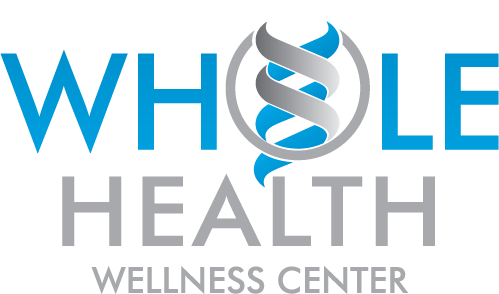By Dr. Karen Bender
What if I told you that there is a powerful way to improve your health that is free, always with you, requires no special equipment, and easy to do? Well, you are in luck. There is such a thing–it is your breath.
Breathing is something most of us do without thinking, approximately 23,000 times a day. Unfortunately, many of us do not breathe correctly. Our breath is often too shallow, restricted, and too rapid. While it might seem counterintuitive, breathing rapidly leads to poor oxygen delivery to the tissues. You might think that breathing at a faster rate would increase oxygen delivery, but in fact it results in carbon dioxide levels that are too low. Carbon dioxide signals the release of oxygen from the blood into the tissues where it can be used by the cells for critical energy production. A proper balance of oxygen and carbon dioxide ensures adequate delivery of oxygen to the tissues. Breathing deeply and more slowly helps maintain this balance.
How do I know if I am breathing properly?
One way to know if you are breathing deeply without restriction is to breathe from your abdomen instead of your chest. Many people without training or practice can get into the pattern of breathing from their chest rather than from their abdomen. This habit can form by routinely wearing tight restrictive clothing and by poor posture. To determine if you breathe from your abdomen or chest, lay on the floor or your bed and place one hand on your chest and the other on your abdomen. You can also place a small book on your chest and on your abdomen if this helps you visualize your breathing better. Then simply observe where your hand or book rises as you inhale and falls as your exhale. If you find that you breathe from your chest, do not worry, you can change your breathing pattern with practice!
Coherent breathing to optimize immune and hormone function
The next way to evaluate your breathing is to determine your respiratory rate. To do this simply count the number of times you breath in a minute. A normal respiratory rate for adults is 12-16 breaths per minute, however research suggests breathing at a rate of 5.5 to 6 breaths per minute increases heart rate variability. Increased heart rate variability is associated with optimal physiology, resulting in improved immune and hormone functioning as well as greater resiliency in the face of stress. This type of breathing is known as coherent breathing because it encourages harmony and synchronization with the body’s different physiological functions. Biofeedback is a useful tool when learning this skill.
Breathing to reduce stress
There are many ways to consciously control your breathing to improve health. One significant way you can improve your health with your breath is learning to use it to help reduce stress. Again, there are many ways to change your breathing to reduce stress, but one that I like to use is called 4-7-8 breathing because it is simple and easy to learn. Here is how you do it:
- Breath in through your nose for a count of four.
- Hold your breath for a count of seven.
- Make a “whooshing” sound as you exhale through your mouth for a count of eight.
- Repeat until a feeling of relaxation is achieved.
By increasing the length of your exhale compared to the length of your inhale, you help to shift your nervous system away from the “fight or flight” stress response of the sympathetic nervous system to the relaxed “rest and digest” parasympathetic nervous system response.
Where to begin
When learning to optimize your breathing patterns, remember to start slow. A good first step is awareness. Start by doing the exercise to determine if you are breathing from your chest or your abdomen. If you breathe from your chest, start practicing breathing with your hands on your abdomen and chest and see if you can gradually shift your breathing so that you breathe more from your abdomen using your diaphragm.
If you would like more guidance on how to breathe more deeply, call the office to schedule an appointment for biofeedback. Biofeedback is a wonderful way to become more aware of how you breathe and how it affects how you feel.

